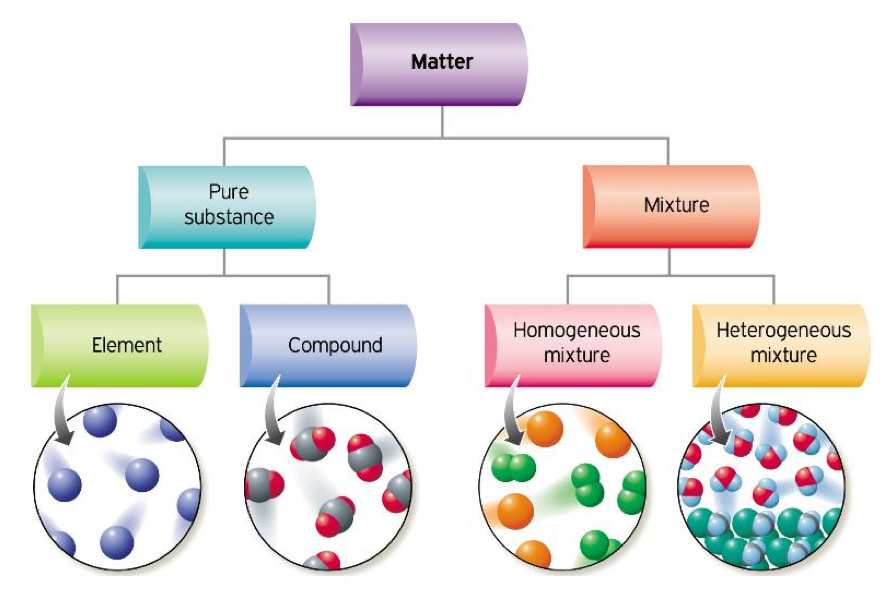

Thus, molecular approaches alone are not useful in screening for biosurfactant producers instead, screening must be done by using an activity measurement such as surface tension analysis. Such an effort is hampered by the fact that common genes or regulatory pathways do not exist among the different types of biosurfactant producers. Contributing to this is the lack of a concerted effort to perform a comprehensive screening for biosurfactants and the microorganisms that produce them. This is partially because the present body of knowledge has been developed around a relatively small number of well-characterized biosurfactants. aeruginosa ( 16, 45).ĭespite this work, our understanding of biosurfactants as a class of molecules remains limited. Rhamnolipid is necessary for normal biofilm formation by P. For example, surfactin production is necessary for fruiting body formation by Bacillus subtilis ( 9). Recently, several groups have presented intriguing data suggesting that biosurfactants are important for microbial growth and survival in the environment. From a clinical perspective, it is well known that some biosurfactants have antibiotic activity ( 5, 6, 60) and that at least one biosurfactant, rhamnolipid produced by Pseudomonas aeruginosa, has a role in the pathogenesis of this opportunistic pathogen ( 50). Distribution was dependent on soil conditions, with gram-positive biosurfactant-producing isolates tending to be from heavy metal-contaminated or uncontaminated soils and gram-negative isolates tending to be from hydrocarbon-contaminated or cocontaminated soils.īiosurfactants are unique amphipathic molecules with properties that have been explored for a variety of industrial and bioremediation applications ( 4, 6, 19, 28, 37, 47).

In summary, biosurfactant-producing microorganisms were found in most soils even by using a relatively limited screening assay. These results suggest that the 16S rRNA gene database commonly used for determining phylogenetic relationships may miss diversity in microbial products (e.g., biosurfactants and antibiotics) that are made by closely related isolates. Surface tension results demonstrated that isolates that were similar according to sequence analysis but unique according to REP analysis in fact produced different surfactant mixtures under identical growth conditions.

Sequencing results indicated only 10 unique isolates (in comparison to the REP analysis, which indicated 16 unique isolates). Phylogenetic relationships were determined by comparing the 16S rRNA gene sequence of each unique isolate with known sequences, revealing one new biosurfactant-producing microbe, a Flavobacterium sp. The 45 isolates were grouped by using repetitive extragenic palindromic (REP)-PCR analysis, which yielded 16 unique isolates. Forty-five of the isolates were positive for biosurfactant production, representing most of the soils tested. The 1,305 colonies obtained were screened for biosurfactant production in mineral salts medium containing 2% glucose.
#Which three mixtures will separate when undisturbed series
A series of 20 contaminated (i.e., with metals and/or hydrocarbons) and undisturbed soils were collected and plated on R 2A agar. The goal of this study was to determine how common culturable surfactant-producing bacteria are in undisturbed and contaminated sites. However, little is known about the distribution of biosurfactant-producing bacteria in the environment. Biosurfactants are a unique class of compounds that have been shown to have a variety of potential applications in the remediation of organic- and metal-contaminated sites, in the enhanced transport of bacteria, in enhanced oil recovery, as cosmetic additives, and in biological control.


 0 kommentar(er)
0 kommentar(er)
